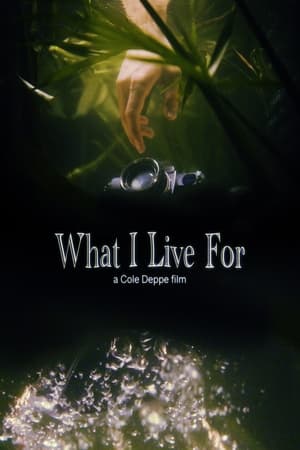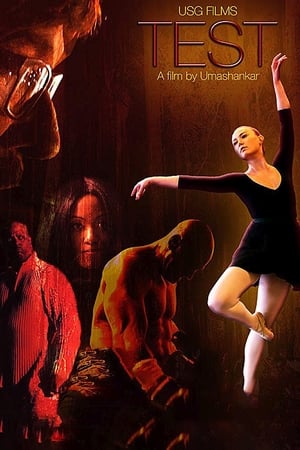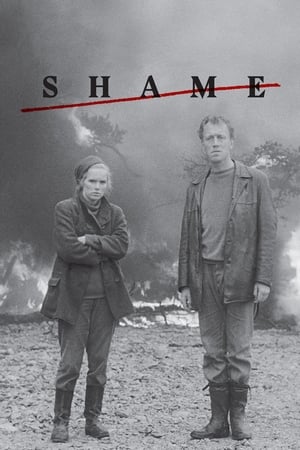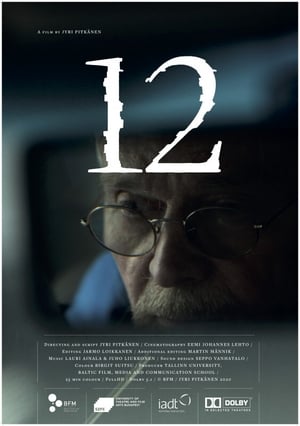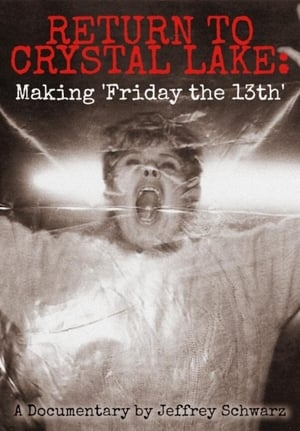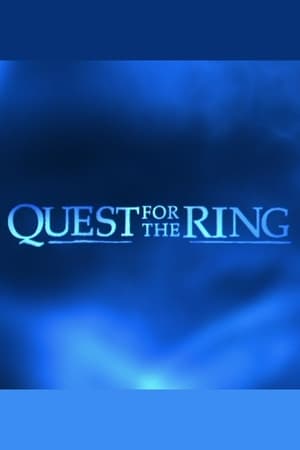
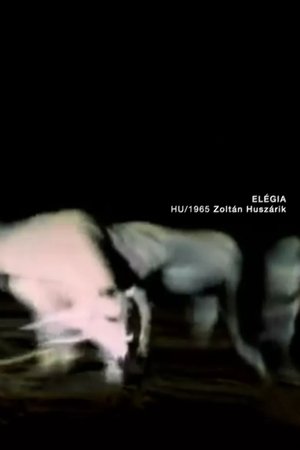
Elegy(1966)
Often called a “film poem” or a “film symphonie” Huszárik’s masterpiece consists of montages of horses from the dawn of time to the modern times from cave paintings to horse races. (MUBI)
Movie: Elegy

Elégia
HomePage
Overview
Often called a “film poem” or a “film symphonie” Huszárik’s masterpiece consists of montages of horses from the dawn of time to the modern times from cave paintings to horse races. (MUBI)
Release Date
1966-05-19
Average
6.8
Rating:
3.4 startsTagline
Genres
Languages:
No LanguageKeywords
Recommendations Movies
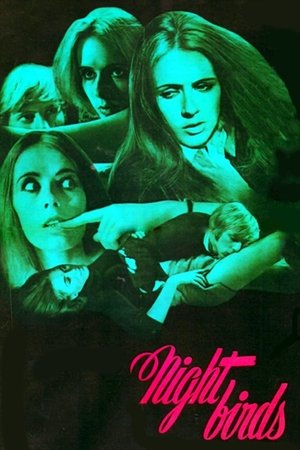 5.1
5.1Nightbirds(en)
While living rough on the streets of London's East End, a young man named Dink encounters the mysterious Dee and they begin a relationship. When tenderness gives way to cruelty, they become consumed by darkness.
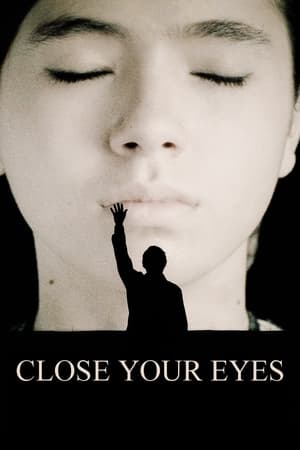 7.1
7.1Close Your Eyes(es)
Years after his mysterious disappearance, Julio Arenas, a famous Spanish actor, is back in the news thanks to a television program.
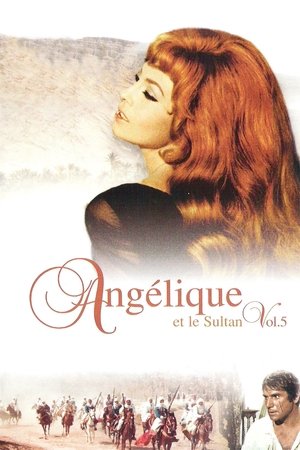 6.4
6.4Angelique and the Sultan(fr)
Angélique is in a North African Muslim kingdom where she is now part of the Sultan's harem. She refuses to be bedded as her captors try to beat sense into her. She finally decides to escape with the help of two Christian prisoners.
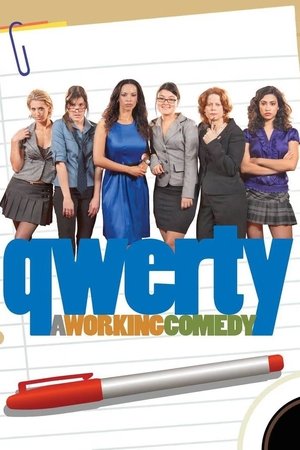 5.7
5.7Qwerty(en)
Conglomerated Assets, a brokerage firm is sinking fast as its CEO checks out and leaves the company to his inept film school drop out son. Enter Quincy, Waverly, Erica, Rudy, Tina and Yasmine. Team QWERTY--six sexy secretaries that must save the day.
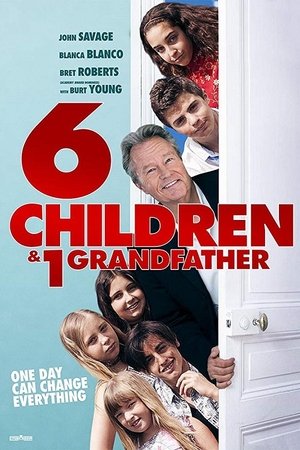 5.7
5.7Six Children and One Grandfather(en)
David McDoll is a selfish and wealthy man living an enviable lifestyle in his large villa and collecting fancy cars. However, his life is about to be changed forever when he inherits his six grandchildren. His glamorous lifestyle quickly becomes complete chaos. But he will learn a valuable lesson that teaches him about placing family first and discovering a newfound appreciation for life.
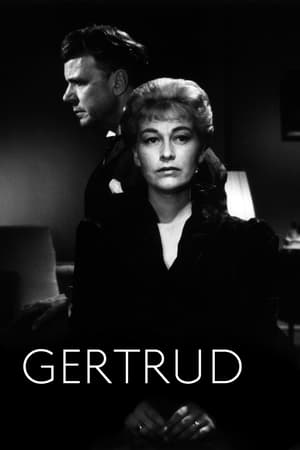 7.2
7.2Gertrud(da)
Hopeless romantic Gertrud inhabits a turn-of-the-century milieu of artists and musicians, where she pursues an idealized notion of love that will always elude her. She abandons her distinguished husband and embraces an affair with a young concert pianist, who falls short of her desire for lasting affection. When an old lover returns to her life, fresh disappointments follow, and Gertrud must try to come to terms with reality.
 7.2
7.2Live Spectacle NARUTO ~Song of the Akatsuki~(ja)
After parting with Sasuke at the Final Valley, Uzumaki Naruto has been away from the village of Konohagakure to further his training. Two and a half years later, he finally returns to the village and takes his mission in Team Kakashi, then he finds the clue on Orochimaru. Naruto leads the team and heads to the place where Orochimaru is in order to save his friend Sasuke. However, little does he know that "Akatsuki" is seeking after his life to acquire the Nine-Tailed sealed in his body.
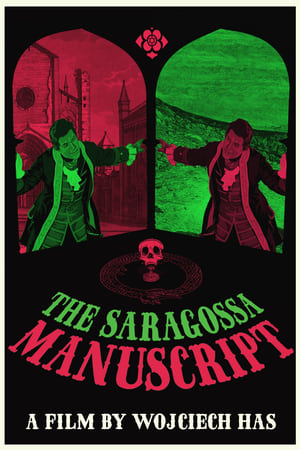 7.9
7.9The Saragossa Manuscript(pl)
During the Napoleonic wars, a Spanish officer and an opposing officer find a book written by the former's grandfather.
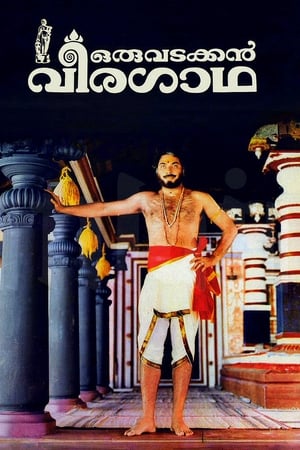 7.0
7.0Oru Vadakkan Veeragatha(ml)
Chanthu, a poor orphan and Aromal are cousins and belong to the Chekavar clan, a warrior clan who hire themselves out as duellers to settle disputes among the rich and powerful. Aromal, jealous of the much more talented Chanthu, makes life miserable for him and Chanthu decides to leave and live with Aringodar, a rival chekavan, as his pupil. When the two sons of a local landlord have a property dispute and decide to hire Aromal and Aringodar to duel it out, Chanthu has to decide where his loyalty lies - with the family of the uncle who brought him up or with Aringodar who provided him with sanctuary.
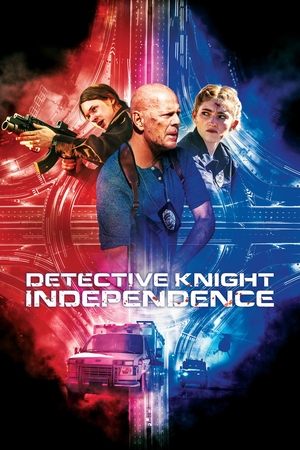 5.4
5.4Detective Knight: Independence(en)
Detective James Knight 's last-minute assignment to the Independence Day shift turns into a race to stop an unbalanced ambulance EMT from imperiling the city's festivities. The misguided vigilante, playing cop with a stolen gun and uniform, has a bank vault full of reasons to put on his own fireworks show... one that will strike dangerously close to Knight's home.
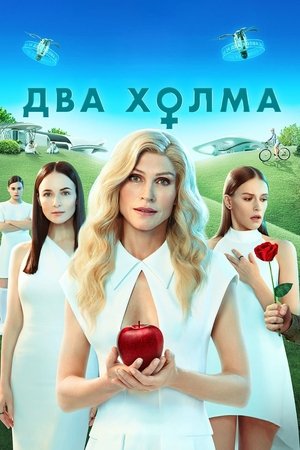 6.3
6.3The No Man Zone. The Movie(ru)
What will happen if, as a result of biological warfare, almost the entire male population dies out? Women will grieve (for a short time), and then they will unite and create a new better world - with eco-towns, renewable energy, opportunities to do whatever they want, even science and biohacking, even yoga and self-development. Reproduction now occurs by artificial insemination, and only girls are born in the new world. But not everyone likes such a world order. Some of the surviving men and women loyal to them go to live in abandoned cities, begin to steal electricity, enjoying freedom and traditional sex. The tranquility of the ideally arranged female world is threatened when teacher Rada from the eco-city "Two Hills" meets the young "primate" Hera outside it.
12(en)
After blowing his professional ballet career, John's only way to redeem himself is to concoct the demise of his former partner, Leah, who he blames for his downfall; he rehearses his salvation in his mind in the way that he rehearses a dance, but being able to break from the routine will be the key to his success.
 7.6
7.6Naruto OVA 11: Sunny Side Battle(ja)
Sunny Side Battle! is an OVA that was released with Naruto Shippuden: Ultimate Ninja Storm Revolution. It features Itachi making breakfast for Sasuke in their old home.
Similar Movies
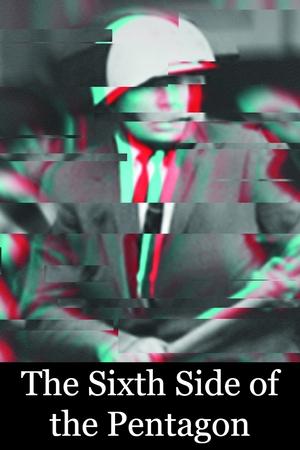 6.2
6.2The Sixth Side of the Pentagon(fr)
On October 21, 1967, over 100,000 protestors gathered in Washington, D.C., for the Mobilization to End the War in Vietnam. It was the largest protest gathering yet, and it brought together a wide cross-section of liberals, radicals, hippies, and Yippies. Che Guevara had been killed in Bolivia only two weeks previously, and, for many, it was the transition from simply marching against the war, to taking direct action to try to stop the 'American war machine.' Norman Mailer wrote about the events in Armies of the Night. French filmmaker Chris Marker, leading a team of filmmakers, was also there.
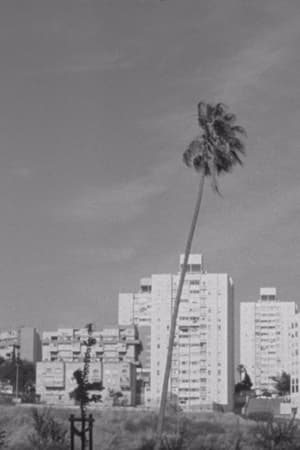 0.0
0.0Thirteen Ways of Looking at a Blackbird(pt)
Taking its title from the poem by Wallace Stevens, the film is composed of a series of attempts at looking and being looked at. Beginning as a city state commission under the name and attitude of “Unschool”, the film became a kaleidoscope of the experiences, questions and wonders of a couple of high school students after a year of experiences with filmmaker Ana Vaz questioning what cinema can be. Here, the camera becomes an instrument of inquiry, a pencil, a song.
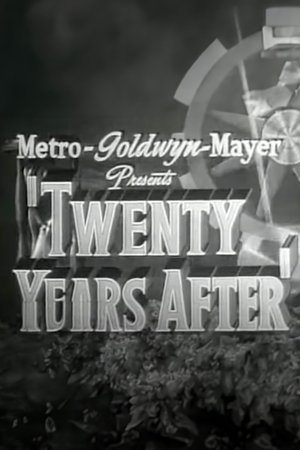 6.0
6.0Twenty Years After(en)
This short celebrates the 20th anniversary of MGM. Segments are shown from several early hits, then from a number of 1944 releases.
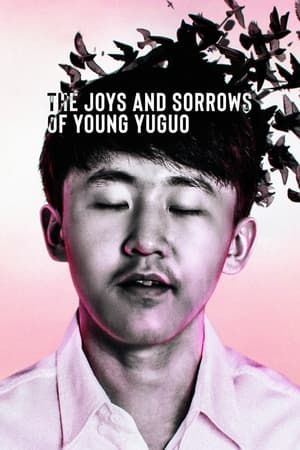 6.6
6.6The Joys and Sorrows of Young Yuguo(en)
16-year-old Yuguo, who has a passion for Eastern European romantic poetry, makes a pilgrimage from his home in China to the foothills of Romania’s Carpathian Mountains.
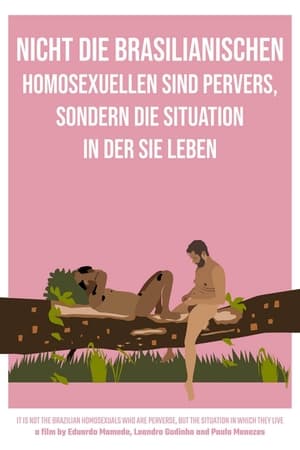 1.0
1.0It Is Not the Brazilian Homosexuals Who Are Perverse, But the Situation in Which They Live(pt)
Two queer Brazilians go skinny dipping in a lake where they talk about love, sex, colonialism and migration, on a pandemic summer afternoon in Berlin.
Message from Genova(en)
This expository film shows the mood of European society on the eve of the Second World War while promoting the values of international cooperation. Using the Swiss office of the BBC as an example, the film describes the functioning of radio and presents the possibilities opened by mass communications. After the advent of sound film, Cavalcanti promoted experimentation with sound, and in this connection he was interested in the communicational, organizational, and social aspects of radio.
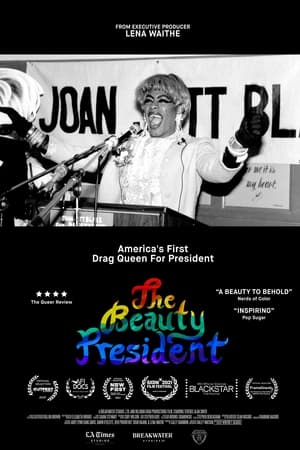 6.0
6.0The Beauty President(en)
In 1992, at the height of the AIDS pandemic, activist Terence Alan Smith made a historic bid for president of the United States as his drag queen persona Joan Jett Blakk. Today, Smith reflects back on his seminal civil rights campaign and its place in American history.
Liquidation(fr)
Scratches. Cross-outs. Stripes. Arnaud is tirelessly attacking ancient masters' painting reproductions with the tip of his pen. His free and living interlaces highlight shapes and figures.
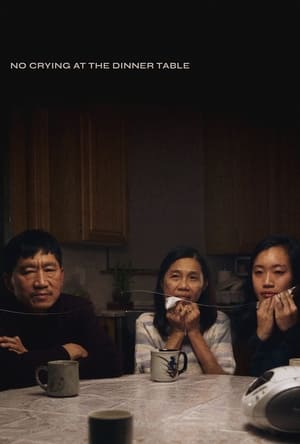 7.3
7.3No Crying at the Dinner Table(en)
Filmmaker Carol Nguyen interviews her own family to craft an emotionally complex and meticulously composed portrait of intergenerational trauma, grief, and secrets in this cathartic documentary about things left unsaid.
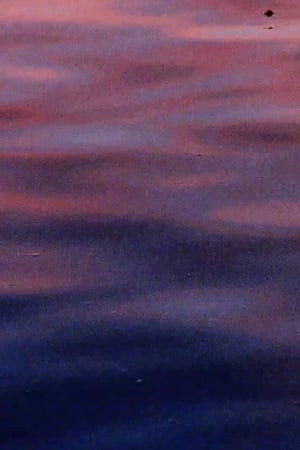 4.0
4.0Color-Blind(fr)
A synaesthetic portrait made between French Polynesia and Brittany, Color-blind follows the restless ghost of Gauguin in excavating the colonial legacy of a post-postcolonial present.
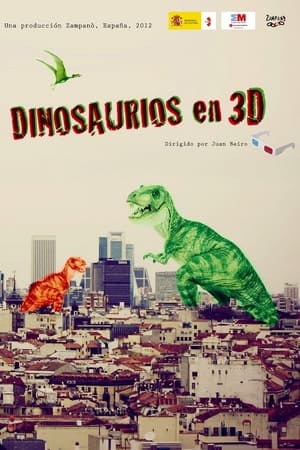 0.0
0.0Dinosaurios en 3D(es)
Not so long ago there were monumental movie theaters in the streets and avenues of Madrid, the capital of Spain, authentic cathedrals erected during the golden age of film exhibition, now converted into 3D dinosaurs, whose remains speak of the past and somehow anticipate the future.
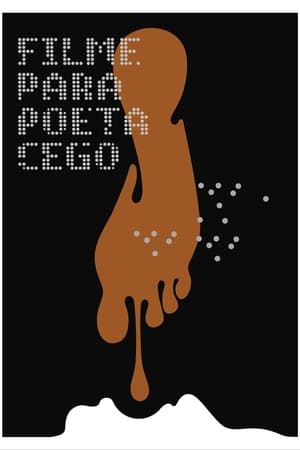 2.0
2.0Film for Blind Poet(pt)
Glauco Mattoso, a blind sadomasochistic poet, agrees to participate in a documentary about his own life, but the conditions he imposes raise difficulties to the work of the young director.
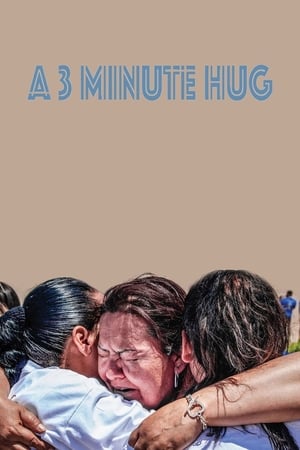 6.5
6.5A 3 Minute Hug(es)
As daylight breaks between the border cities of El Paso, Texas, and Juarez, Mexico, undocumented migrants and their relatives, divided by a wall, prepare to participate in an activist event. For three minutes, they’ll embrace in no man’s land for the briefest and sweetest of reunions.
 7.1
7.1The Arrival of a Train at La Ciotat(fr)
A group of people are standing along the platform of a railway station in La Ciotat, waiting for a train. One is seen coming, at some distance, and eventually stops at the platform. Doors of the railway-cars open and attendants help passengers off and on. Popular legend has it that, when this film was shown, the first-night audience fled the café in terror, fearing being run over by the "approaching" train. This legend has since been identified as promotional embellishment, though there is evidence to suggest that people were astounded at the capabilities of the Lumières' cinématographe.
 7.0
7.0Land Without Bread(es)
An exploration —manipulated and staged— of life in Las Hurdes, in the province of Cáceres, in Extremadura, Spain, as it was in 1932. Insalubrity, misery and lack of opportunities provoke the emigration of young people and the solitude of those who remain in the desolation of one of the poorest and least developed Spanish regions at that time.
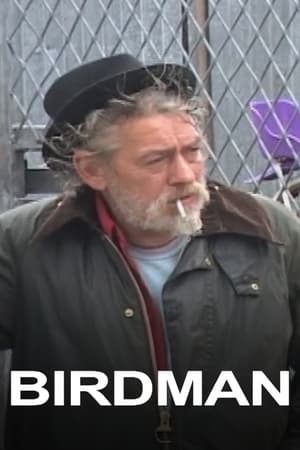 3.4
3.4Birdman(en)
A portrait of Robert, a troubled but poetic soul struggling with his purgatorial existence in a hackney scrapyard.
 6.7
6.7Workers Leaving the Lumière Factory(fr)
Working men and women leave through the main gate of the Lumière factory in Lyon, France. Filmed on 22 March 1895, it is often referred to as the first real motion picture ever made, although Louis Le Prince's 1888 Roundhay Garden Scene pre-dated it by seven years. Three separate versions of this film exist, which differ from one another in numerous ways. The first version features a carriage drawn by one horse, while in the second version the carriage is drawn by two horses, and there is no carriage at all in the third version. The clothing style is also different between the three versions, demonstrating the different seasons in which each was filmed. This film was made in the 35 mm format with an aspect ratio of 1.33:1, and at a speed of 16 frames per second. At that rate, the 17 meters of film length provided a duration of 46 seconds, holding a total of 800 frames.
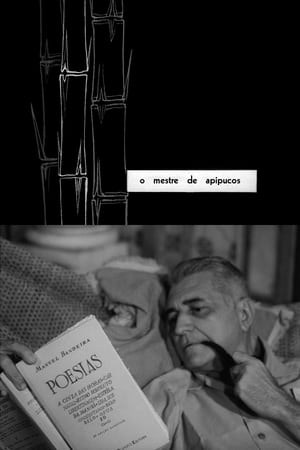 6.6
6.6The Master of Apipucos(pt)
Documentary about influential Brazilian sociologist Gilberto Freyre, made in his country house in Apipucos, Pernambuco (Northeast Brazil).
